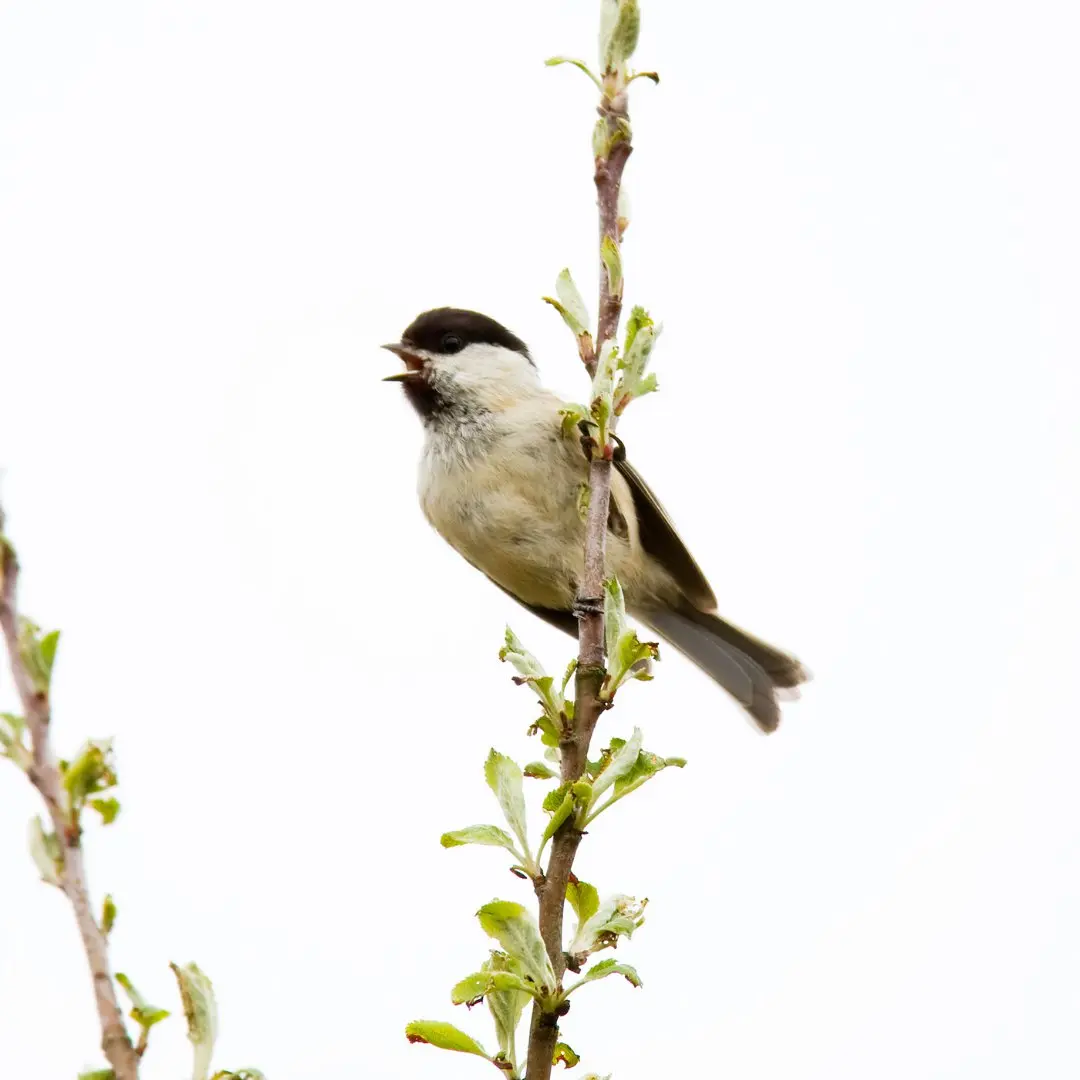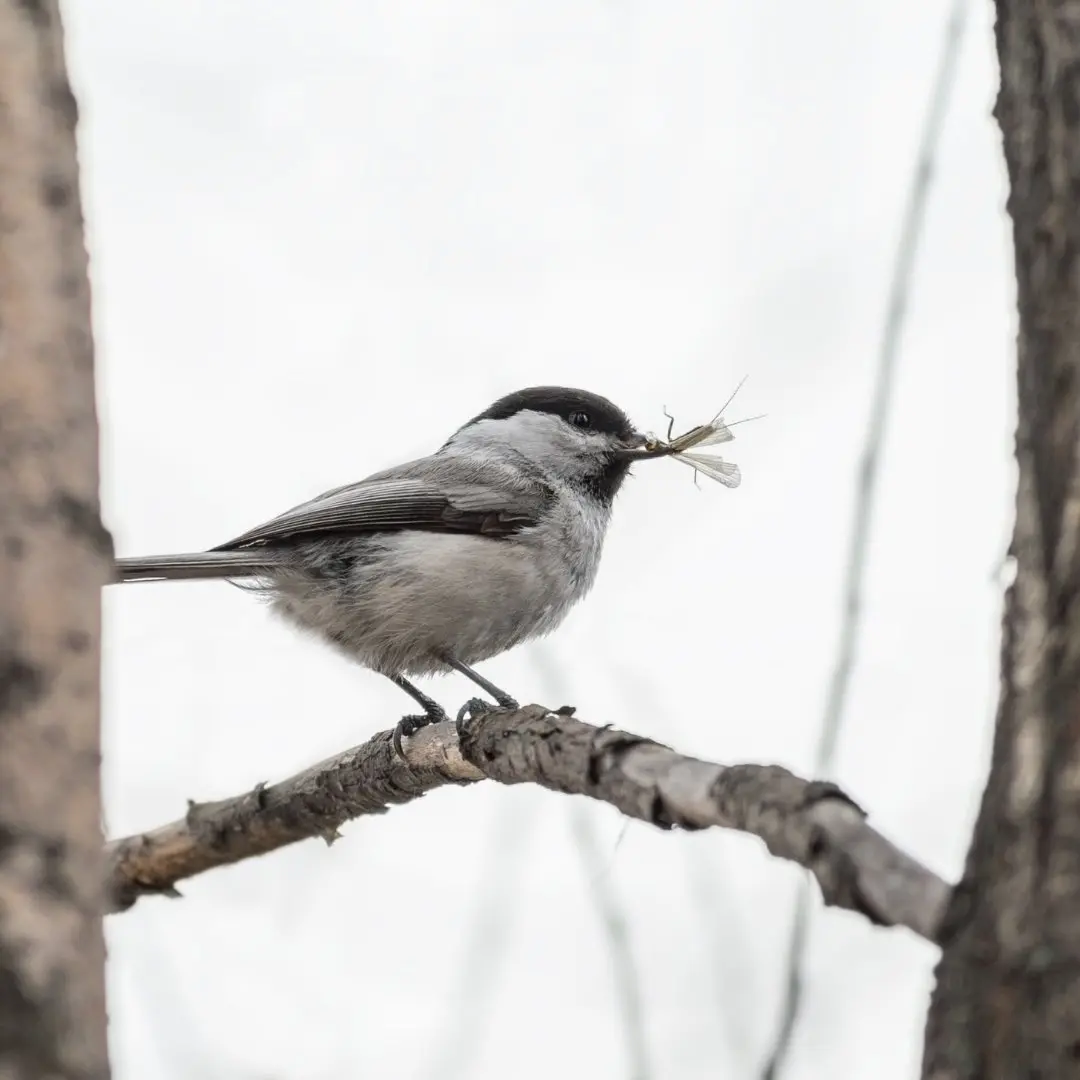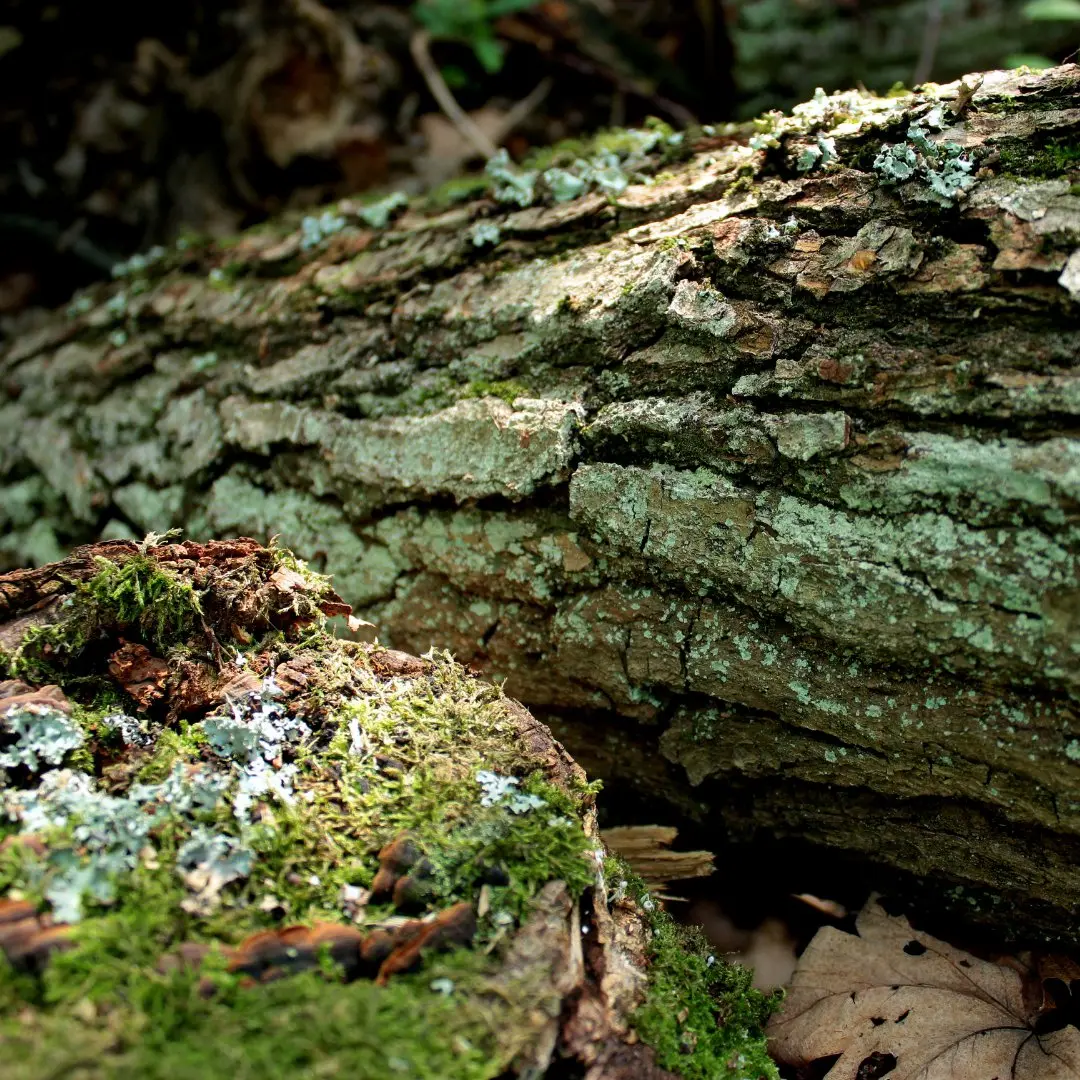What does the willow tit look like?
The Willow Tit is often considered the "twin sister" of the Marsh Tit due to their striking similarities. Visual differences are minimal, making it challenging to distinguish between the two.
The cap of the Willow Tit is a duller black, and its black chin extends slightly further than that of the Marsh Tit. Additionally, the flanks of the Willow Tit appear slightly darker.
In short, visual recognition is incredibly difficult without close observation or an expert eye.

How does the willow tit behave?
The Willow Tit is seldom found in urban gardens. It is more likely to visit feeders if they are located near wooded areas.
To attract a Willow Tit to your garden, you can attach an old decomposing birch log to a tree. This provides an ideal nesting location that the bird can hollow out with its beak.

The songs and calls of the willow tit
The Willow Tit can be distinguished from the Marsh Tit by its unique calls and songs. While the Marsh Tit produces a rapid repetition of sharp, short sounds, the Willow Tit’s notes are slower and more drawn out.
The Willow Tit sings between 2 to 7 repeated notes, such as "tiu tiu tiu tiu." Its calls, including "khè khè khè," are deeper and more nasal in comparison.

How does the willow tit reproduce?
The Willow Tit breeds from late April to July and produces one brood per year. The clutch consists of 6 to 9 white eggs speckled with russet.
The female carves a nesting hole in dead wood with her beak, often gathering materials like wood shavings, grass, feathers, and fur to construct a cup-shaped nest.

What does the willow tit eat?
Like most tits, the Willow Tit is primarily insectivorous during spring and summer. As autumn approaches, it switches to a granivorous diet.
In winter, it stores reserves of food in hidden locations to sustain itself during harsher conditions.

Where can you find the willow tit?
In Western Europe, the Willow Tit is less common than the Marsh Tit. It thrives in the undergrowth of deciduous trees, particularly near watercourses where willow, ash, and alder trees grow.
There are two subspecies: the "willow tit," which inhabits northern plains, and the "alpine tit," found in the coniferous forests of the Alps and Jura.
The Willow Tit is sedentary and better adapted to higher altitudes than the Marsh Tit. Conservation efforts should focus on maintaining dead wood in wetlands to preserve its habitat.

-






